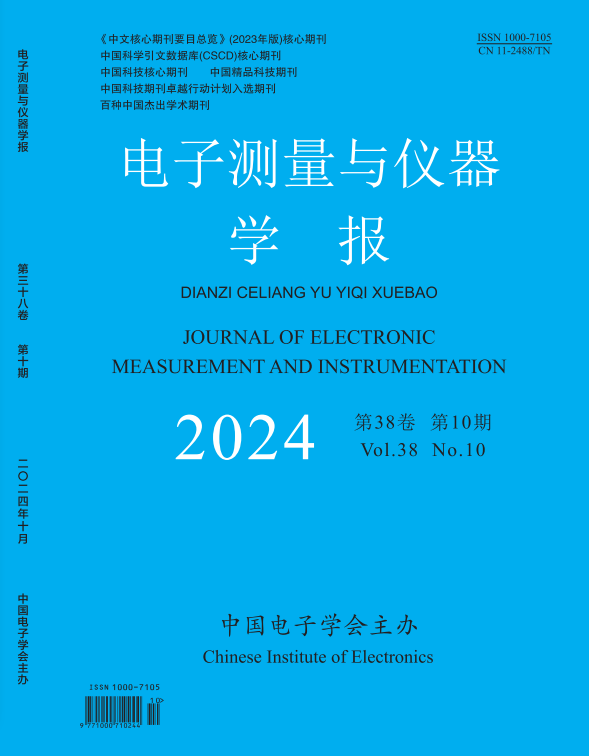2021, 35(5):128-136.
Abstract:Since it is difficult to overcome the inherent defects of parameter changes and time lag in non-model PID control, in order to
optimize the active feedback control of the plasma vertical unstable displacement in the tokamak device. The improved grey GM (1,1)
prediction model is used to accurately predict the output current of the EAST fast control power supply based on the cascaded H-bridge
topology to optimize the control parameters. The grey GM ( 1,1) prediction model is suitable for small samples and poor information
systems, and requires fewer modeling samples and simple calculations. The difference of the predicted fitting sequence leads to the
prediction error when the grey GM (1,1) modeling is performed on the upward convex sequence of the output current. Choose a data
transformation method that transforms the upward convex sequence axisymmetrically into the upward concave sequence and establishes a
non-equidistant grey GM (1,1) prediction model. At the same time, the estimation formula of the forecast time of the non-equal interval
sequence is given by using sample points. Based on the improved prediction model, the modeling process of the prediction model is
deduced, and the prediction deviation of the two grey GM (1,1) prediction models on the output current of the power supply is compared
through simulation, and the improved grey GM (1,1) is verified in an experimental environment. After the improvement, the prediction
error rate of the mutation segment is reduced to below 10%. And verify the effectiveness of the improved grey GM ( 1,1) prediction
model in an experimental environment.
